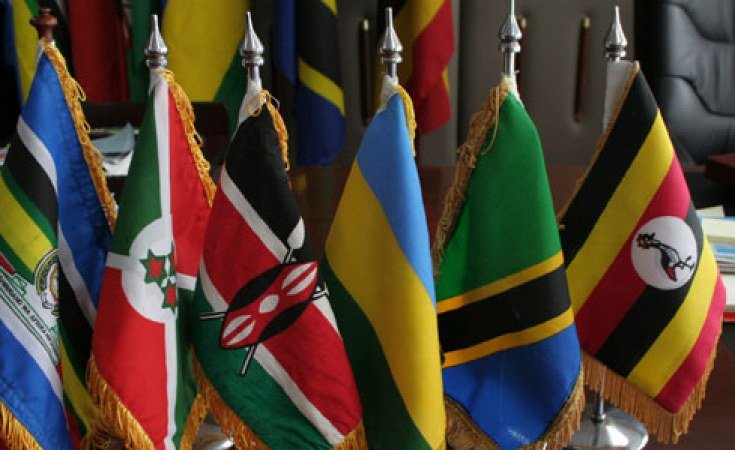The East African Community (EAC) is gearing up for an optimistic economic outlook, with projections showing a growth rate of 5.8 percent in the 2025/2026 financial year.
This forecast is driven by strong performances in key sectors such as agriculture, construction, and services, all underpinned by solid policy frameworks and macroeconomic stability.
Ms. Beatrice Askul Moe, the Chairperson of the EAC Council of Ministers and Kenya’s Cabinet Secretary for the East African Community, Arid and Semi-Arid Lands, and Regional Development, presented the budget estimates before the East African Legislative Assembly (EALA) in Arusha. The budget for the region is set at approximately 109.3 million US dollars (about 288 billion Tanzanian shillings), marking a significant investment in regional integration and development.
Despite the ongoing challenges posed by geopolitical tensions, the effects of climate change, and shifts in international aid dynamics, the region has shown remarkable resilience. Ms. Moe applauded this steady progress, emphasizing the importance of unity and coordinated policies to sustain growth.
The agriculture sector remains a cornerstone of the EAC economies, providing livelihoods for millions. The sector benefits from infrastructural improvements and increased access to technology and markets. Meanwhile, the construction industry continues to expand, propelled by regional infrastructure projects and urbanization trends.
Also Read; UK to Open Satellite Diplomatic Office in Dodoma
The services sector, including finance, trade, and telecommunications, is growing due to increased digital connectivity and intra-regional trade.
These developments align with the long-term strategic plan set out in the EAC Vision 2050, which envisions transforming East Africa into a competitive, prosperous, and resilient region with improved living standards.
Economists and regional policymakers highlight the need to focus on deeper regional integration, strengthened governance, and enhanced climate resilience to sustain this growth. Attracting both domestic and foreign investment will also be key to unlocking the region’s full economic potential.







